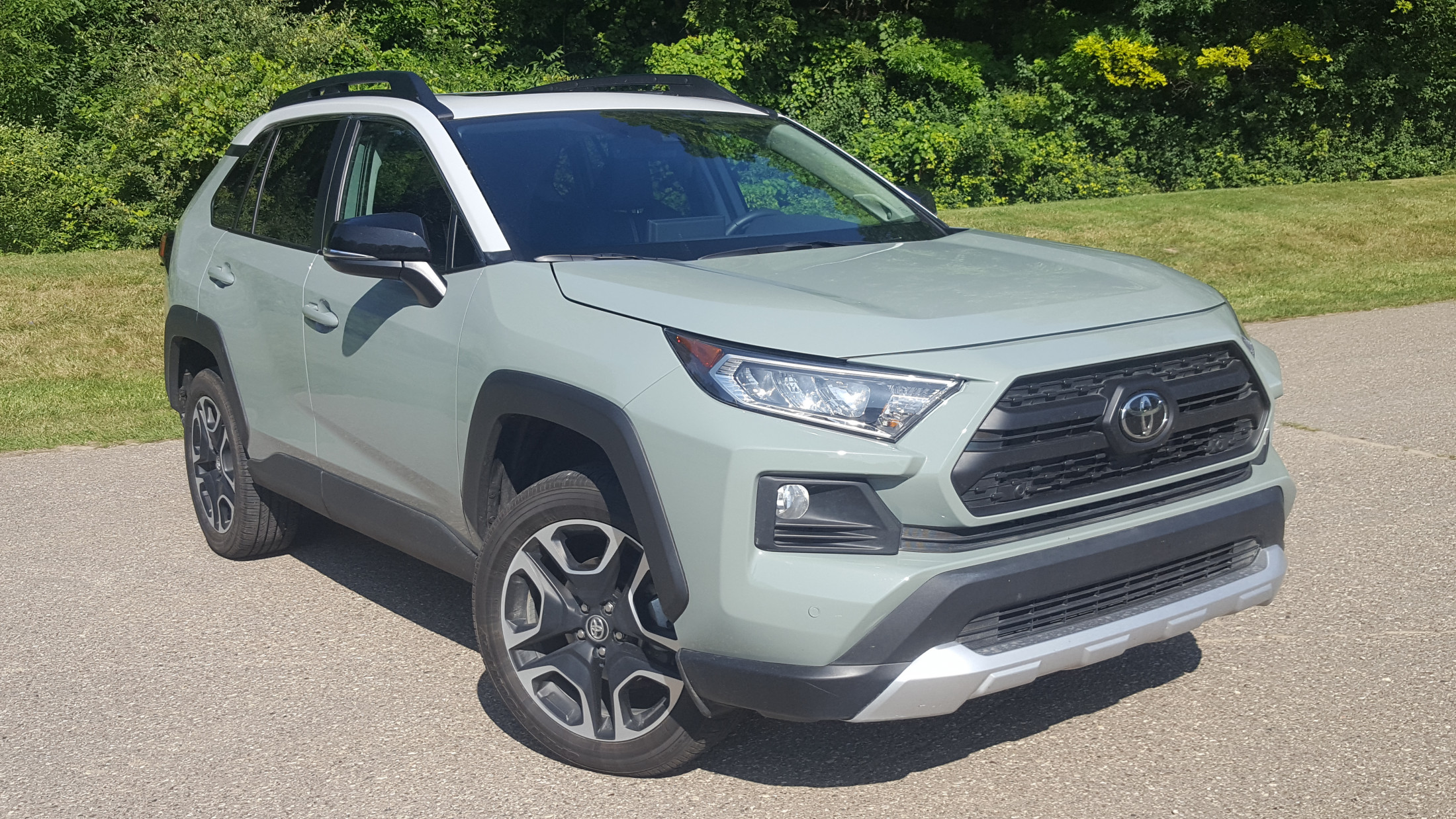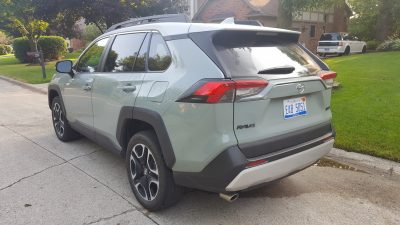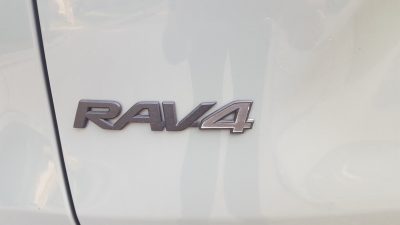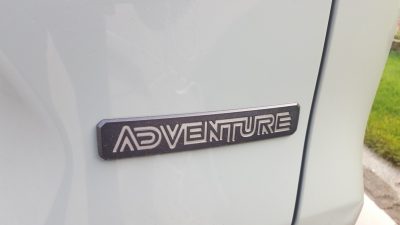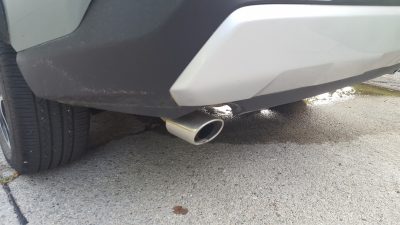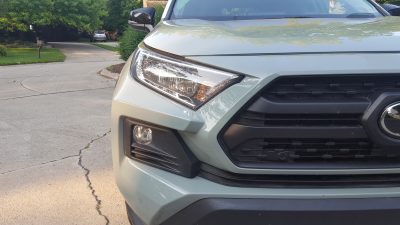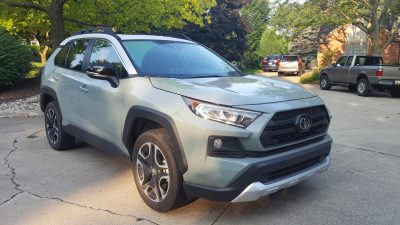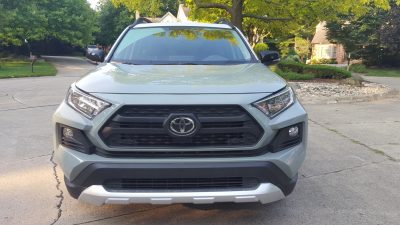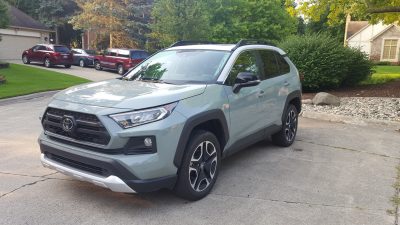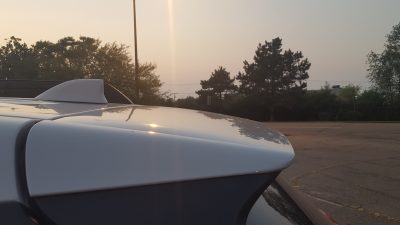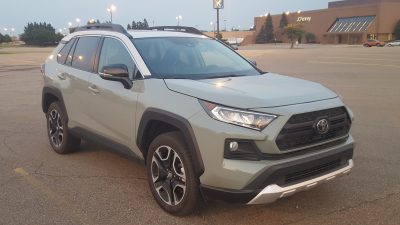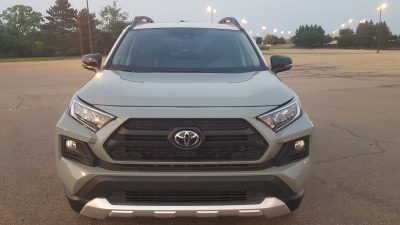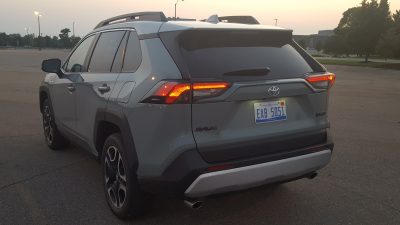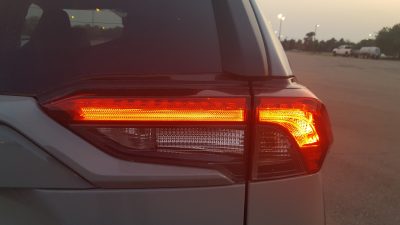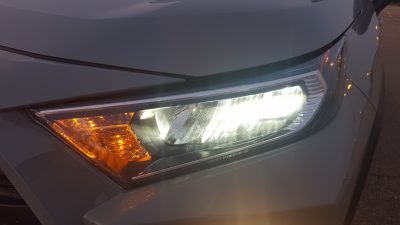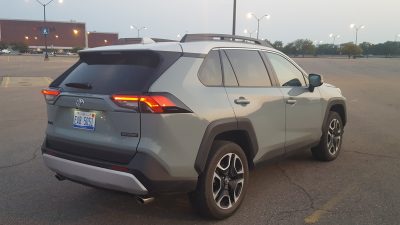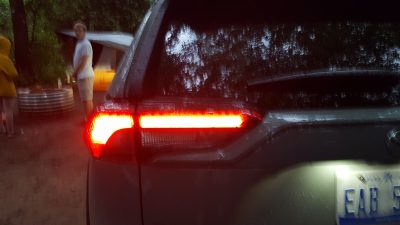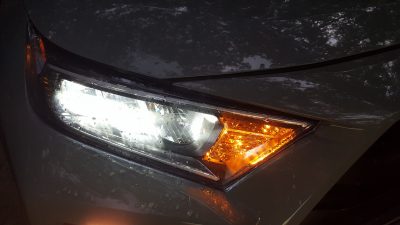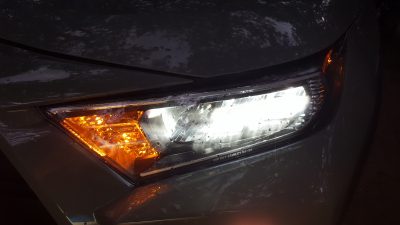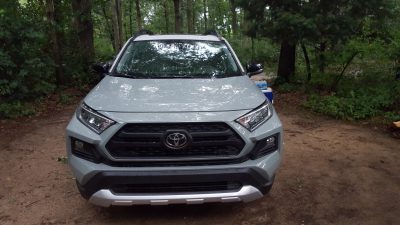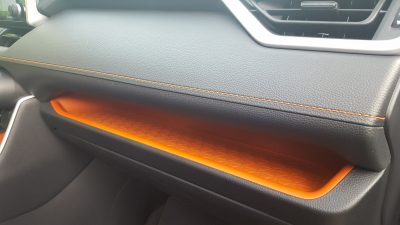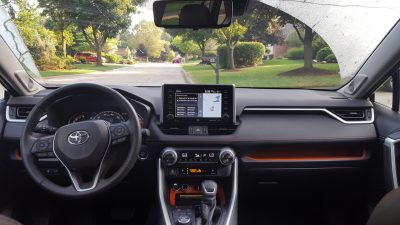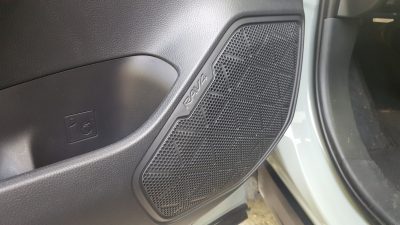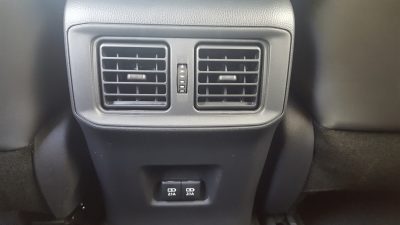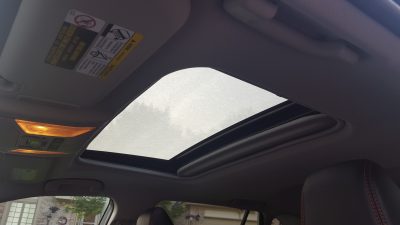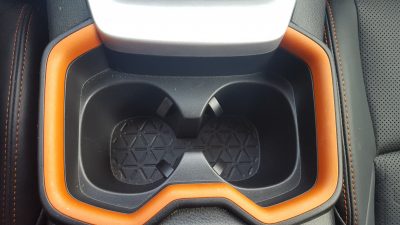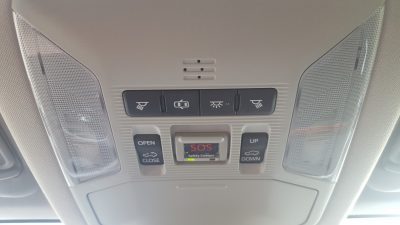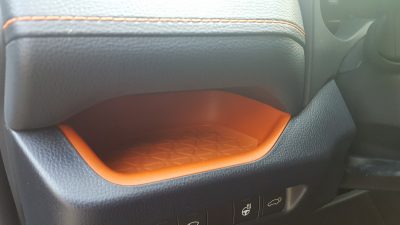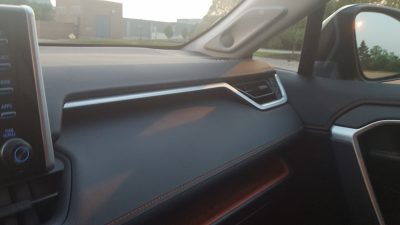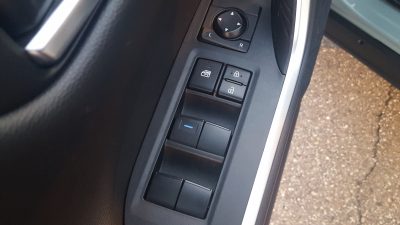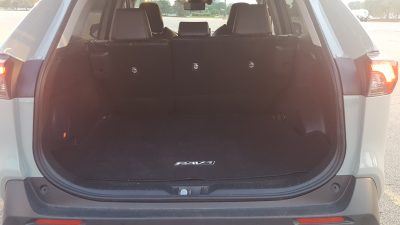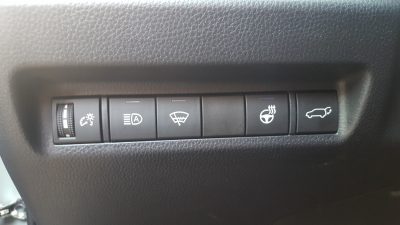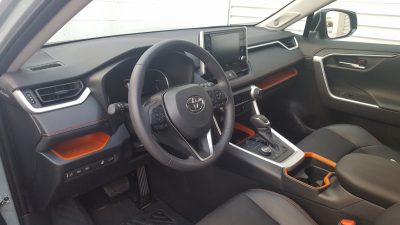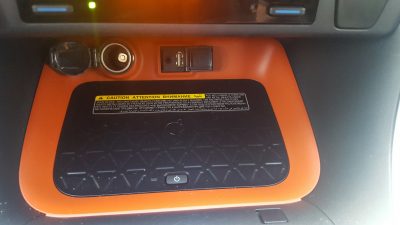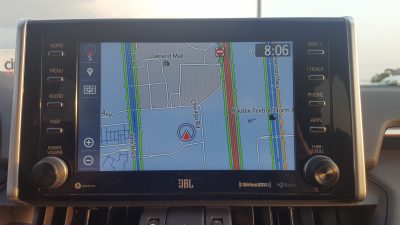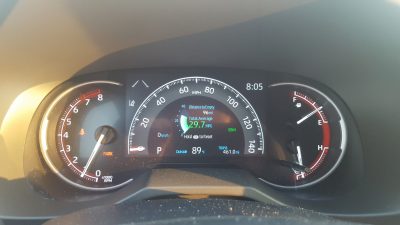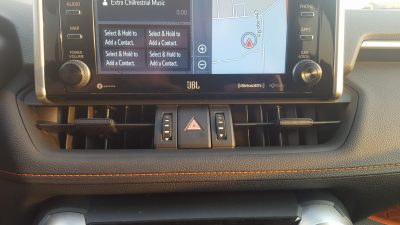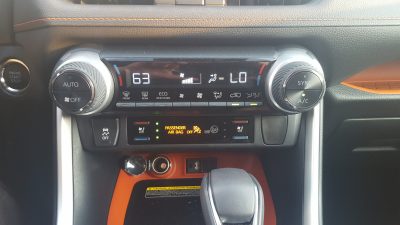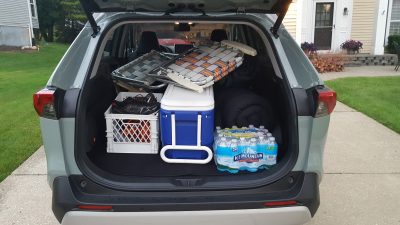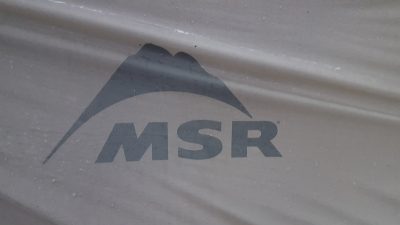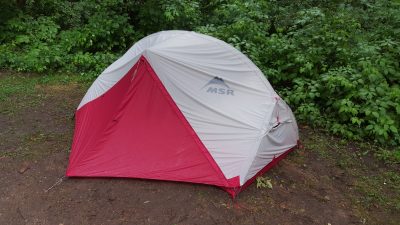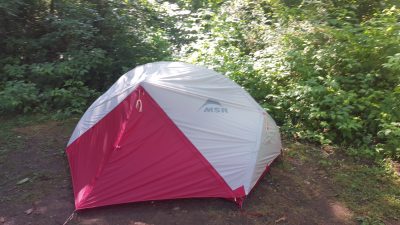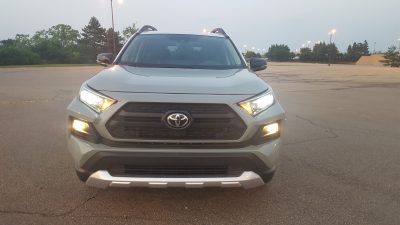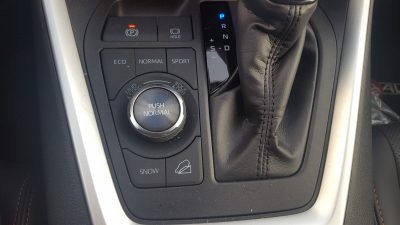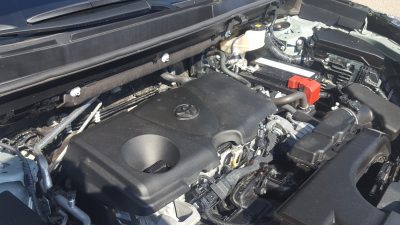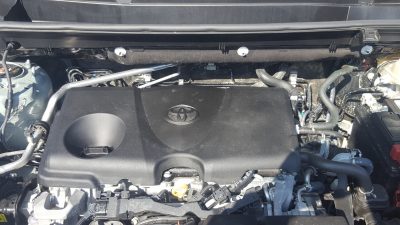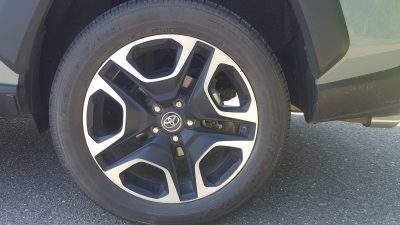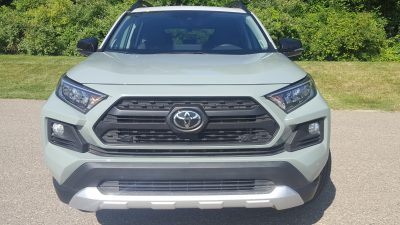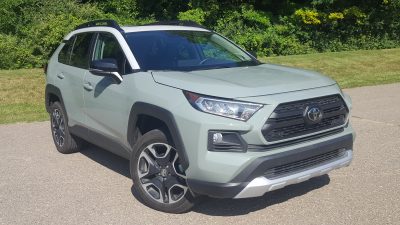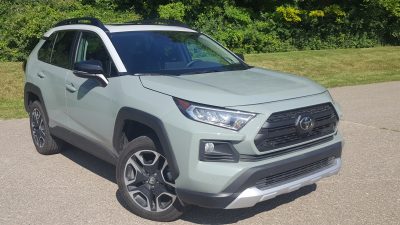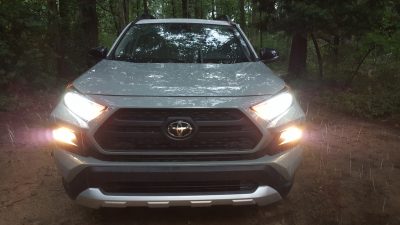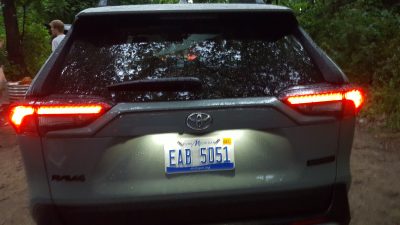When the 2019 Toyota RAV4 was unleashed into the mass market, the revamped utility offering had some very big shoes to fill. Its predecessor (outdated as it was towards the end of its life) still managed to post impressive sales numbers in 2018, and the RAV4 has always been a go to choice for many buyers that need a sensible utility offering for their everyday commuting needs. But can the 2019 Toyota RAV4 bring some much needed vigor and polish to the storied nameplate without ignoring its core audience? We were keen to find out, and devised a formidable testing regimen to push the RAV4 to its absolute limits.
Improved looks Finally Bring Style To The RAV4
Ok we will admit, the transformation that the 2019 model underwent is not as bold as say, the ugly duckling’s transformation to a beautiful swan, but Toyota designers should still be proud of what they managed to achieve here. The front fascia trades its bland uninspired unit in for an all new one that is much meaner looking than before, yet it also manages to have a high degree of functionality baked into it. Our Adventure grade tester will not be taking on the rigorous Rubicon Trail anytime soon, but it certainly looks like it can do the task. This is due to the black plastic cladding that covers the wheel arches as well as the front and rear bumpers. A faux front skid plate is nestled under the front bumper, but while it adds some character, we don’t recommend testing the “skidplate’s” protective capabilities over very rough patches of terrain, especially considering that the plastic shielding underneath the RAV is designed for aerodynamics versus off-road endurance challenges. Blacked out badges also highlight the Adventure’s distinct role in life, while slick looking wheels also helps up its styling quotient. The rear fascia is arguably the weakest link here (the aggressive looking taillights excluded) with the lines looking a bit too jumbled and busy for our tastes. That said, the RAV4 does stand out better in aesthetics when viewed against rivals such as the Chevrolet Equinox as well as the Honda CR-V. We are also fans of some of the new paint colors that are available to choose from including the Lunar Rock hue that adorned our tester when it arrived to the office, but buyers looking to stand out more in a crowd will be pleased with some of the darker shades of blue, red, and black that are among the expansive color palette.
Thoughtful Interior Hides Impressive Versatility:
The interior of the RAV4 has always stood out for its versatility, and in the case of our Adventure tester, it wowed us with the sheer amount of storage that is available. Adventure models highlight all the cubbies with burnt orange accents that also features a tough rubberized coating. The driver gets access to an I-Phone sized storage cubby to the left of the steering wheel, while the front passenger gets access to a large cubby/storage ledge that’s big enough to swallow a cell phone as well as a large I-Pad. The rest of the dashboard features nice faux leather accenting that is contrasted by handsome looking orange contrast stitching. It does have a whiff of Lexus to it, which in turn helps enhance the quality feel that permeates the rest of the RAV4’s cabin. But Toyota designers also made sure to not skimp on functionality, with interior ergonomics also being a high priority. For starters, a prominent touchscreen infotainment system sticks out from the dashboard, and is flanked by logically placed volume and tuning knobs, as well as a cleverly placed array of climate control functions that are easy to figure out at a glance. A spacious rear seat greets second row occupants, and a low cargo floor helps make the task of loading cargo that much easier.
Fold down the second row seat, and you are rewarded with 38 cubic feet of cargo space which can swallow a wide array of stuff. To find out the validity of this claim, we enlisted the RAV4’s services to embark on a weekend camping trip to the Fort Custer recreation area in western Michigan. Situated between Kalamazoo and Battle Creek, the 3,033 acre park would provide our RAV4 Adventure tester an opportunity to test its rugged credentials, and allow us to get in touch with nature (and the searing heat of a Michigan heat wave). Before all that could happen though, we had to get packed, and the RAV4 proved capable of swallowing both me and Emily’s luggage, camping supplies, as well as the cases of water bottles that we were assigned to bring along for our thirsty friends.
However, amid all of this versatility, there were some warts that made them selves readily apparent once we had the chance to get to know our tester better. For instance, the navigation software in the infotainment system did not formally navigate us to the recreation area, with the Entune equipped system instead guiding us to the Fort Custer National Cemetery (a few miles short of our intended destination.) While reps with the Michigan DNR later admitted that other infotainment systems have been befuddled by this error, we were less forgiving of the unit’s lousy attempts at rerouting, with the system repeatedly trying to lure us back into the cemetery, even after going a noticeable distance away from it. Eventually a helpful text message from our groggy entourage and keen eyes helped steer this wayward ship back in the right direction. Our spooky misadventure cost us valuable daylight though, and with nightfall firmly in place, me and Emily were forced to use the RAV4 as makeshift sleeping quarters instead of our tent, a task that it did surprisingly well when two sleeping bags were unfurled in the rear with seats folded. While we’re complaining, our tester also only featured Apple CarPlay, with Android Auto being absent for the 2019 model year (that’ll be rectified in 2020 models.)
Tenting In Rugged Style:
Before we return to the RAV4, we might as well focus this section on the second tester that we had along for our journey, the MSR Hubba Hubba NX-2 backpacking tent. Made by the folks at MSR (Mountain Safety Research) the Hubba Hubba is designed to appeal to backpackers that need a rugged companion that can house up to two occupants in a relatively compact footprint. Our tester (the first tent ever reviewed by the Car-Revs-Daily staff) certainly lived up to this promise, with the folded assembly still being small enough to fit in a small box, despite the rain fly and the additional stakes needed to hold it down that came with our kit.
The setup of our tent was very easy with seamless installation, though we were initially befuddled by the many joints that make up the tent’s freestanding aluminum shell. After that hurdle was bypassed, the rest of the tent assembly was straightforward and each component meshed together with minimal effort. The end result is a surprisingly livable tent, but it’s compact interior as well as the two doors that opened the rain fly and the main tent itself, meant that getting our sleeping bags and other equipment in place required a good amount of gymnastics. Luckily Emily was able to work her shorter frame into the tent, and she was able to get our accomodations formally setup in 10 minutes. When it comes to overall livability the NX-2 scored well in many categories.
For instance, me and Emily were able to sleep comfortably, and a flash rainstorm revealed that the rain fly was good at keeping water out of the tent. A more sustained assault later by the elements did reveal several minor instances of water penetration, but despite this, the NX-2 still managed to keep us nice and dry. Arguably the biggest weakness of the NX-2 like other similarly sized backpacking tents is extreme heat, with 90 degree Michigan weather helping to transform the interior into a sweaty stove at times, despite our best efforts at maximizing airflow. We suspect that cooler temperatures will mitigate the problem, and indeed cooler evenings did give us some respite from the heat. Overall, we would highly recommend the MSR Hubba Hubba NX-2 tent, and while the $445 price tag may be too big of a pill to swallow for more budget conscious adventurers, the amount of value, versatility, and livability you get with this tent is hard to deny, and it should still be a great investment for adventurers of all skill levels. Buyers looking to check out the full range of MSR’s product lineup for themselves can check the link that we provided here.
Four Cylinder Engine Lacks Muscle:
As for the RAV4, performance for the 2019 model comes from a pair of 2.5 liter four cylinder engines, one that is naturally aspirated, and a variant that is hooked up to a novel Atkinson-cycle hybrid transaxle. Our tester came equipped with the base 2.5 liter, and both power and torque are significantly increased to 205 horsepower and 181 lb-ft of torque. This is an increase of 27 horsepower and 18 lb-ft of torque respectively, but the increased figures don’t necessarily change its performance character. Our Adventure grade tester for example managed to make the sprint to 60 mph in 8.0 seconds which is a mere 0.3 second improvement over a 2018 model year Adventure model. Like the old model, the engine is still very buzzy and noisy when pushed hard, which is a shame since the chassis is decidedly much more polished than its predecessors, and the eight speed automatic transmission does a good job delivering smooth and consistent shifts. This was certainly evident when making the long drive to Fort Custer, with the RAV4 doing a good job soaking up the miles. The engine’s lack of muscle was evident when making passing maneuvers on the freeway though, with the RAV4 requiring more throttle input to pass faster traffic.
Handling in our tester on the other hand proved to be an honest surprise, with the RAV4 having nicely weighted steering and controlled body motions that help project a feeling of solidity and confidence. The ride is a bit on the firm side, but it is still very compliant around town with the enhancements to the dampening hardware helping to keep a wide variety of impacts from intruding into the cabin. While the RAV4 is still behind the curve of its turbocharged rivals by continuing to use a naturally aspirated engine, the amount of fuel efficiency it gets should still please its customer base with our tester averaging at 32 mpg in our combined real world driving loop. This bests the old model by 7 mpg, and the hybrid does even better with that variant nabbing an EPA estimated 39 mpg in combined driving. Braking in our tester was smooth and stable, with much reduced amounts of nose dive when compared with the outgoing RAV4.
Value Quotient:
All versions of the RAV4 come standard with a wide range of safety features including adaptive cruise control, automated emergency braking, lane departure warning as well as lane keep assist. Buyers can also equip the RAV 4 with optional blind spot monitoring, rear cross traffic alert, and rear cross traffic automatic braking to further enhance this formidable shield of safety. The base LE has a base price of $26,545, with several higher trims making the gradual climb to the $30,000 mark. Our Adventure model had a base price of $32,900, with several key options helping push the price up to a final figure of $39,634 which is in the higher end of the utility segment. Highlights in our rig included the $1,185 Adventure Grade Weather Package which brings a heated leather steering wheel and front seats to the party as well as rain sensing wipers for wetter stretches of weather. Meanwhile the $1,265 Adventure Grade Technology package builds on the prior Adventure package and adds novel intelligent clearance sonar, rear cross traffic braking and a digital display for the rear view mirror. Lastly, me and Emily loved the sound quality that the $1,620 JBL 11-speaker premium audio system brought to the ring, with the system doing a good job with all kinds of music.
This pricing is in the higher tier of the segment, and the sub $40,000 price tag may make you consider formal Lexus models such as the Lexus UX as well as the bigger NX. Both of those models are in the $40,000 ballpark, and come with more standard features as well as nicer interiors to boot. But things start to balance out in lower trim levels, where the RAV4 goes to battle against rivals such as the Mazda CX-5, Jeep Cherokee, Volkswagen Tiguan, and the Ford Escape. While the CX-5 and the Tiguan may have the RAV4 beat in terms of premium looks and content, the RAV4 gains ground by making more power than the Escape and also besting it in offering certain equipment combinations. However, the Escape is being heavily revamped for the 2020 model year, so it will be interesting to see how that changes the game.
As a whole, the 2019 Toyota RAV4 represents a massive improvement that still retains its ability to be a viable and versatile contender in the utility segment. With its impressive arsenal of safety equipment, chassis enhancements, and a much more polished suit of clothes, the RAV4 certainly has all the tools to continue its path to success. However, when it comes to grander scheme of things, a price tag of near $40,000 is simply too much to ask for an SUV in its segment, and as a result, we would actually recommend lower tiers of RAV4 to their up-level siblings for those looking to obtain maximum bang for the buck from their purchase.

Carl Malek has been an automotive journalist for over 10 years. First starting out as a freelance photographer before making the transition to writing during college, his work has appeared on numerous automotive forums as well as websites such as Autoshopper.com.
Carl is also a big fan of British vehicles with the bulk of his devotion going to the Morgan Motor Company as well as offerings from Lotus, MG, and Caterham. When he is not writing about automobiles, Carl enjoys spending time with his family and friends in the Metro Detroit area, as well as spending time with his adorable pets.

